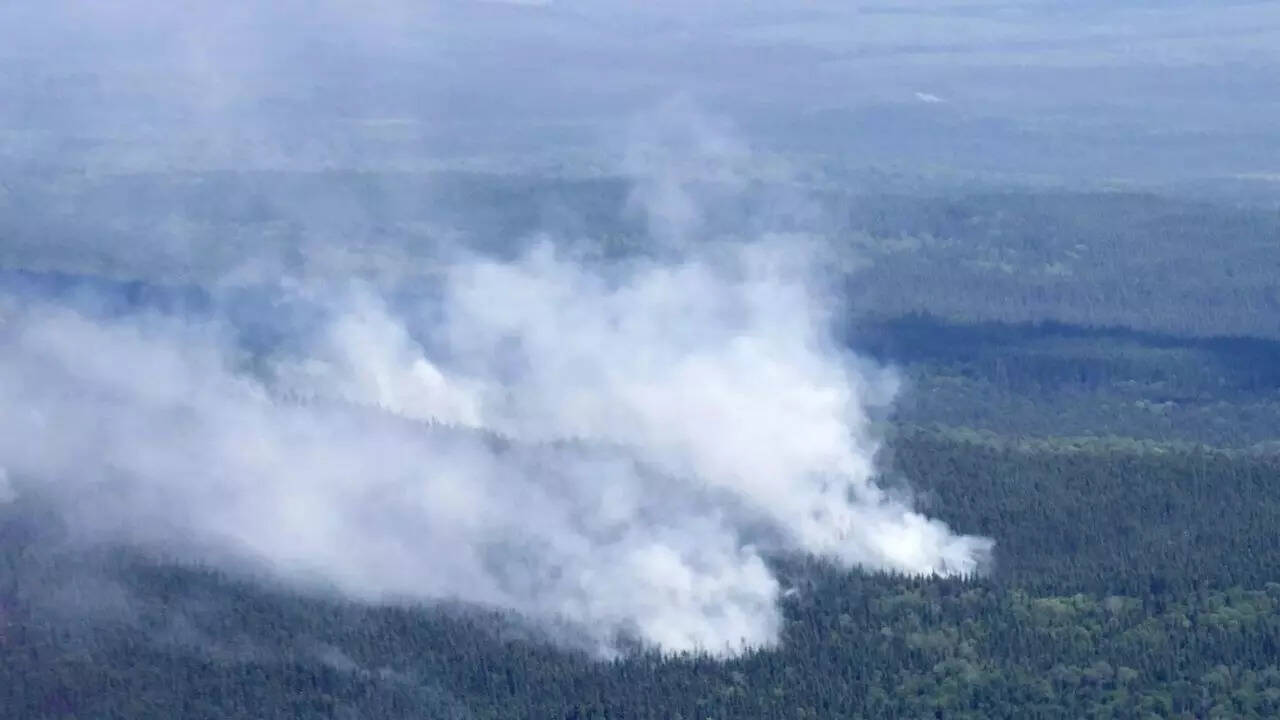Canada’s Wildfires July 2023

Canada’s wildfires have burned more than 10 million hectares (24.7 million acres) of land this year, a record-breaking figure that will continue to rise in the coming weeks, government data showed Saturday.
The previous all-time high was in 1989, when 7.3 million hectares of land burned during the entire year, according to national data from the Canadian Interagency Forest Fire Center (CIFFC).
There have been a total of 4,088 fires since January, including several that have scorched hundreds of thousands of hectares of land.
Along the way, more than 150,000 people have been displaced. Given the scale and abundance of the fires, authorities had to leave most of them to burn. Most of the fires have started in forests, away from populated areas – but they still have serious consequences for the environment.
Yann Boulanger, a researcher at Canada’s Ministry of Natural Resources, told AFP. “We find ourselves this year with figures that are worse than even our most pessimistic scenarios.” The beginning of May is a relief,” he said.
As of Saturday, there were 906 active fires in the country, including 570 considered out of control — with no provinces left.
The grim situation has changed across the country in recent months: In May, at the start of wildfire season, Alberta in the west was the center of attention with unprecedented fires.
Several weeks later, the mild-climate Atlantic province of Nova Scotia took over, followed by Quebec, where massive fires produced a plume of smoke that covered parts of the United States.
Since the beginning of July, the situation in British Columbia has taken a dramatic turn, with more than 250 fires started in just three days last week, mostly by lightning. Canada suffers from severe drought, months with below average rainfall and warmer temperatures.
The country is warming faster than the rest of the planet due to its geography, and is experiencing extreme weather events whose intensity and frequency have increased thanks to climate change, scientists say.
Source link | Forex Trading Tips July 2023




